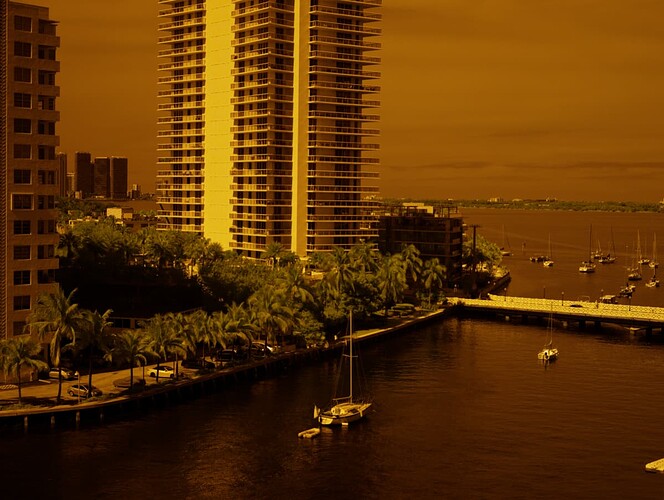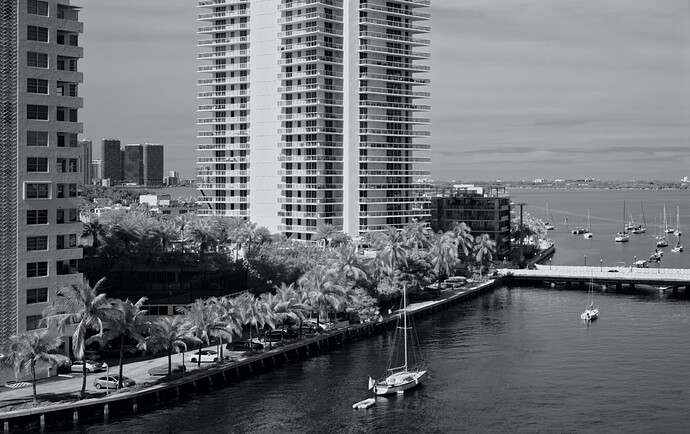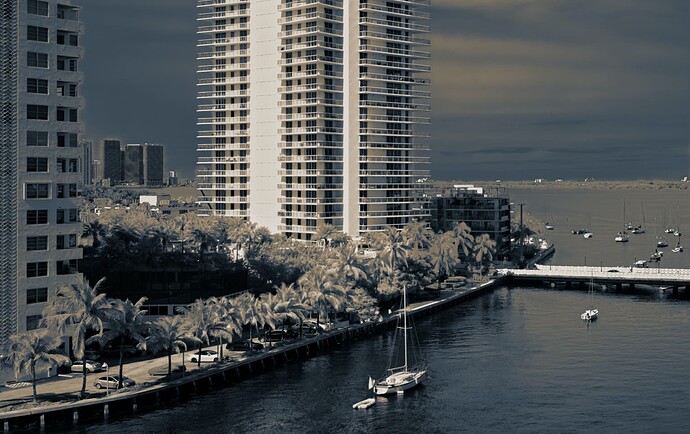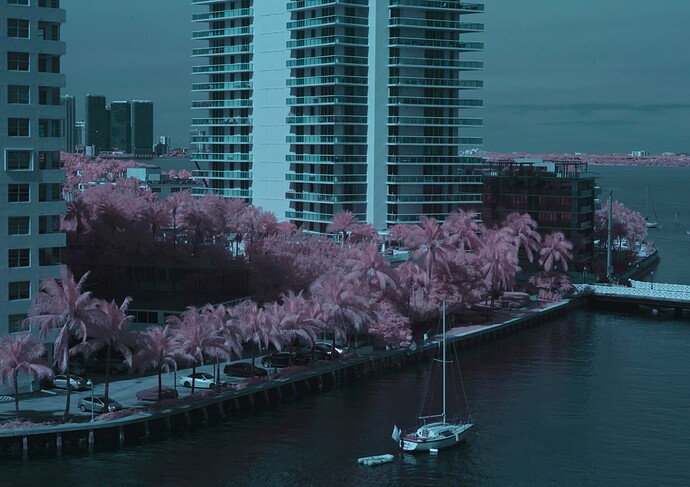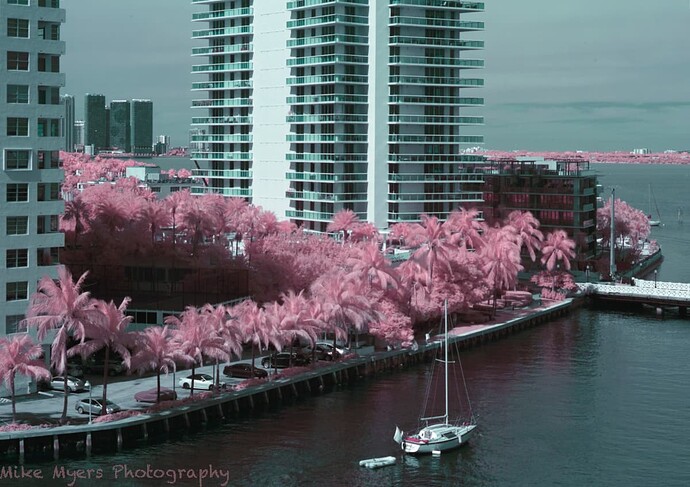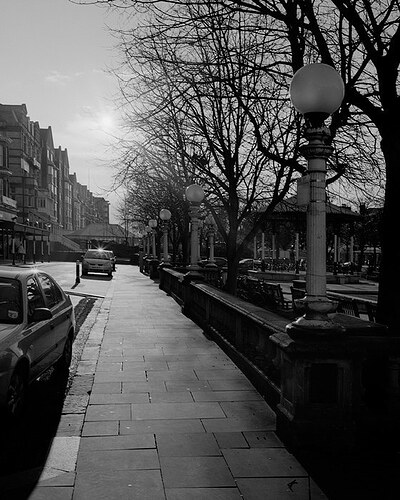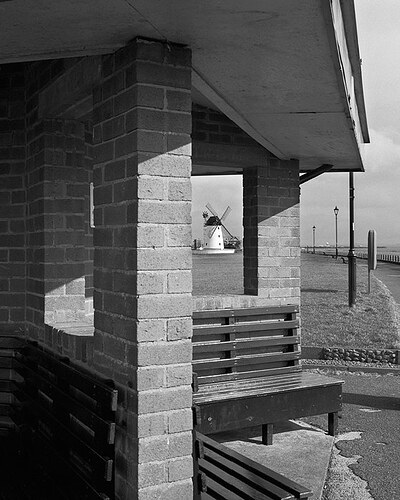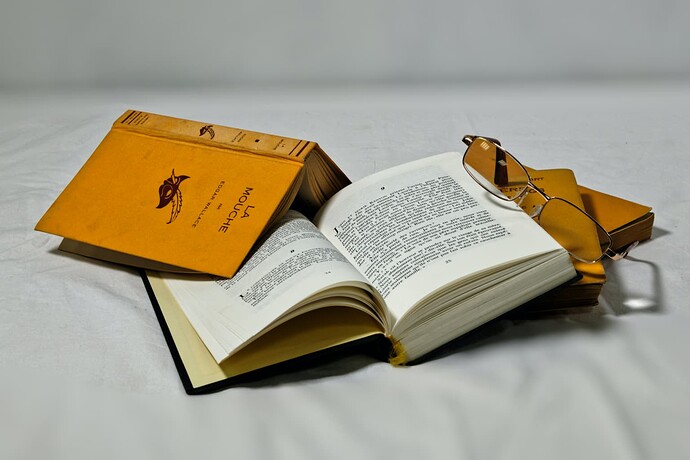Technically, I did know, as it is one of the films I found while searching. I never heard of it before, and had no idea what was special about it. Interesting image. I think one of today’s experiments will be to put my new IR filter, attached to my 50mm Summicron, on my M10 and see it it is useable. I do enjoy using my M8.2 camera, but I fully accept how much better my M10 is. I guess I should also consider testing the D750, to see if it is as bad a choice for infrared photography as I read all Nikon DSLR cameras were in an article I read long ago.
Are there data sheets or books I can use to compare the effects of all these films? I also wonder how many of these films are still available as 35mm film…
I agree with you completely. My “reality” can be seen in the images I post here, and they in turn depend on not only my equipment, but how I go about using it, “rightly” or “wrongly”. There is no question but that my “technique” has been greatly influenced by feedback from all of you, sometimes to correct “errors”, and sometimes to achieve a “better” end result. All this time though, it’s me “pushing” to get the end result I perceive in my mind. In other words, I think what you wrote is “obvious” once one considers all of this. But it is very important that none of this is “set in stone”. What I thought I “wanted” yesterday is not what I “expect” today, and who knows what I might “expect/want” tomorrow.
The “answer” is what I will think about my images the next day, and the changes I might decide I need on my own, combined with comments from other people’s thoughts, which mostly are things I hadn’t yet thought of, or didn’t know how to achieve.
That’s what I meant by “I constantly tell myself that none of this stuff matters, good photos come from ME, not from my equipment.”, but the “ME” is evolving over time mostly from feedback, which is only from “YOU”. (Nobody else gives feedback, they just say how nice something is, which is satisfying but not helpful for improving myself and my technique.)
Actually, the four things I do that take up most of my time are computers, photography, bullseye shooting, and cooking. I don’t understand how I ever found time to “work” before I retired!!
